Write compelling title tags for your content by following key best practices in SEO 101. For example, use your target keyword’s search results to determine the optimal format and phrasing. Then, include your target keyword while maintaining a length of 60 characters or less. When it comes to SEO 101, understanding how search engines work is essential. That’s because search engines fuel search engine optimization, setting the standards that define the strategies, best practices, and tips that SEOs use.
On-page SEO is one of the three main SEO branches, which include technical and off-page SEO. The three practices work cohesively, so it’s ideal to cover each when possible. If you’re new to working on SEO, on-page optimization is a good place to start before moving on to advanced practices.
When content aligns with search intent, users find what they need faster, reducing bounce rates and increasing dwell time. Semantic optimization structures content for logical flow, entity connections, and deep topical coverage, making it easier for users (and search engines) to navigate. In summary, SEO is all about optimizing content, building authority, and improving the overall user experience on your site. On the other hand, social media marketing is centered around building relationships and engaging with your audience on platforms like Facebook, Instagram, X, and LinkedIn.
How Search Engines Work
If you go through the hiring process and haven’t found an agency you like, don’t settle. You want an SEO company you can trust with your site — and your business. Industry-specific knowledge is essential when choosing an SEO partner, especially for niche, competitive industries.
SEO Analytics
Once the internet user submits a search query, the search engine digs into the index and pulls out the best results. The list of the results is known as a SERP (Search Engines Results BHS Links Page). The search engine index is basically a gigantic library of all the crawled websites with a single purpose – to understand them and have them available to be used as a search result. The search engines try to analyze and understand the pages, categorize them, and store them in the index. Crawling is the process in which search engines scan all the internet webpages continuously.
In these spaces, building the authority of an author is recommended for a brand to show credibility, even if it currently doesn’t influence ranking. Customer data and behavior analytics tools can give content managers insight into the kind of content site visitors want. An SEO strategy can take anywhere from three months to two years to offer significant ranking improvements, whereas an SEM campaign can increase an organization’s web traffic within hours. SEM ads offer marketers a quick way to get their brands, content and products in front of their target audiences. You can dive deeper into the process of determining how competitive keywords are in Backlinko’s in-depth guide or by using WordStream founder Larry Kim’s competitive index formula (tip number 3).
The goal of search engines like Google is to provide a selection of the hundreds (if not thousands or millions) of content on the web. The goal is precisely to provide the results that may be most useful and most relevant to the user who is performing a search. You’ll provide your audience with relevant information to their search query.
- There is no fixed length, but many experts suggest aiming for at least 800–1,000 words to cover a topic thoroughly.
- Depending on your business’s SEO needs, your SEO agency might focus on additional metrics.
- Inputs and outputs can be observed, but there is no access to the process itself due to its confidential nature.
Improve your SEO marketing skills with Coursera.
Oh, and I have a website, Your Website, that also regularly posts quality content related to whatever. If you think so too, feel free to post a link to it on your resources page. The difference is that with broken link building, you’re only looking for pages that have 404 errors. Even though this post hasn’t generated nearly the same amount of links as my Google Ranking Factors post, it’s still racked up quite a few backlinks. When I started writing this post I was starting to have some success with YouTube marketing. So I decided to compile and share what I learned in the form of an ultimate guide.

